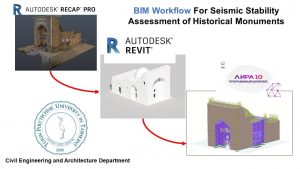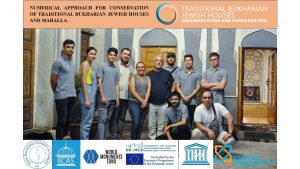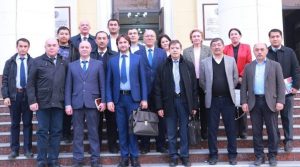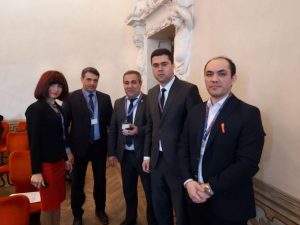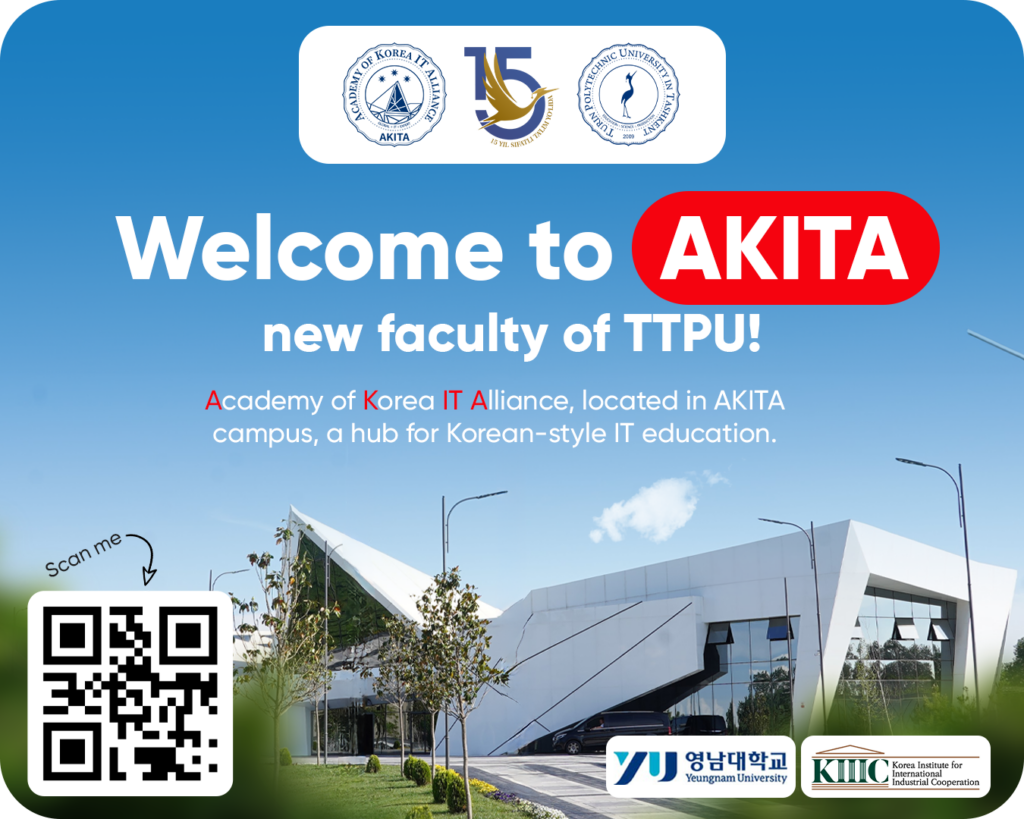BIM WORKFLOW TO SEISMIC STABILITY ASSESSMENT
Assessment of seismic stability of historical monuments is one of the big challenges faced by many civil engineers. This is because historical monuments are sophisticated in nature and made of comprehensive architectural elements such as domes, arches, beam roofs, facades, ornamental frames and rosettes. Computer modeling of these unique monuments with these geometric figures are not always easy. But this issue may be resolved with the usage of tools in Building Information Modeling and workflows. Digital Architecture Team has organized a demo project to assess the seismic stability of Ash-Shoshiy Mausoleum in Khasti Imom Complex in Tashkent. First of all,…



